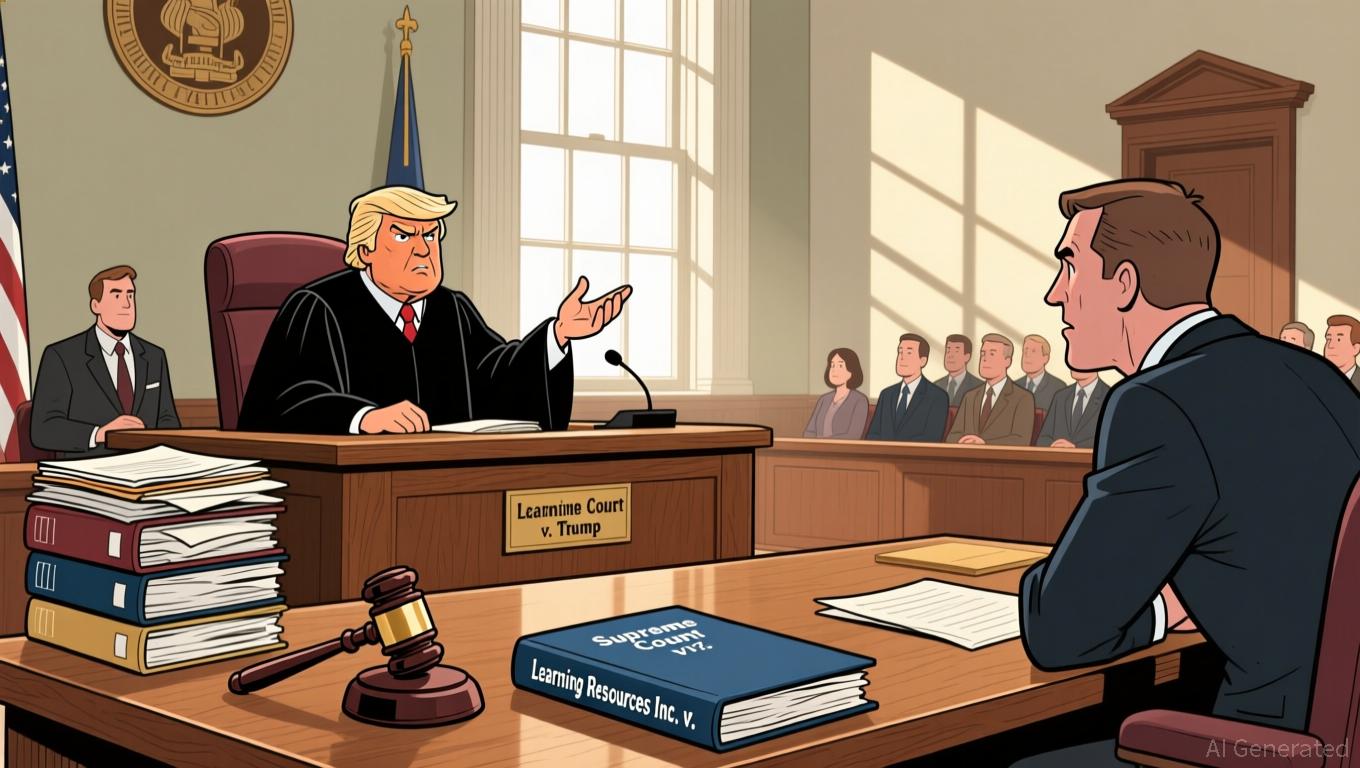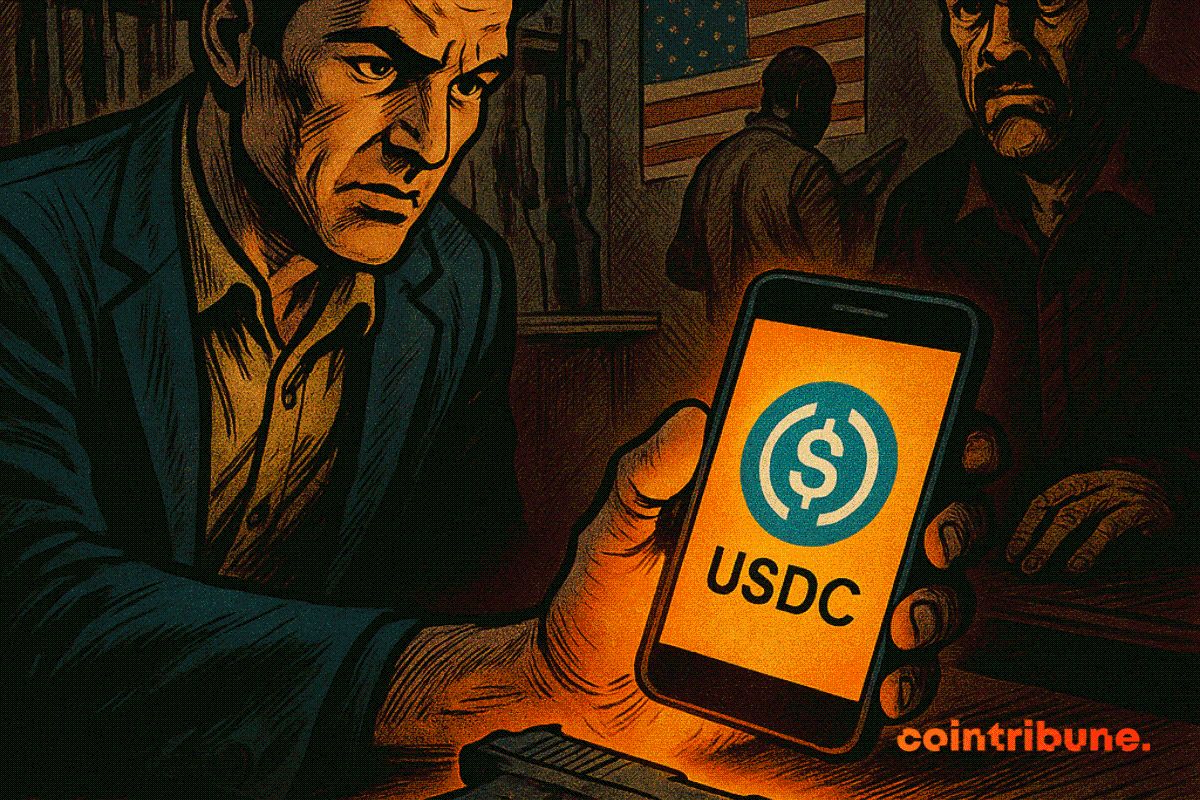Ethereum Updates: Court's Interpretation of "Genuine" Blockchain Verification May Influence the Future of Cryptocurrency
- U.S. prosecutors charge Peraire-Bueno brothers with $25M Ethereum MEV exploit, framing it as fraudulent "sandwich attacks" violating honest validation norms. - Defense and Coin Center argue MEV tactics align with protocol rules, warning legalizing "honest validation" could stifle blockchain innovation and create regulatory uncertainty. - Jurors struggle with technical concepts, requesting clarifications on "good faith" and "false representation," highlighting tensions between traditional law and decentra
The prosecution brought by the U.S. government against brothers Anton and James Peraire-Bueno, who are accused of orchestrating a $25 million
According to prosecutors, the brothers deployed MEV bots to alter the sequence of Ethereum transactions, securing unlawful gains through a "sandwich attack" in April 2023, a point emphasized in
Jurors have found it difficult to fully understand the intricacies of the case. During their discussions, they asked for explanations of terms like "good faith" and "false representation," underscoring the difficulties of applying conventional legal concepts to decentralized technology. Defense lawyers compared the brothers’ actions to "stealing a base in baseball," arguing that, much like in sports, Ethereum’s rules dictate what is allowed—an analogy discussed in
The proceedings have also highlighted deeper issues in U.S. cryptocurrency regulation. Carl E. Volz, a lawyer skeptical of crypto, criticized the case as evidence of regulatory inconsistency, arguing that the shift from Biden-era caution to Trump-era leniency has discouraged sustained investment in the sector, as he wrote in a
The verdict will have far-reaching consequences. If found guilty, the brothers could be sentenced to as much as 20 years in prison for wire fraud and money laundering, according to reports. A conviction could indicate that U.S. courts believe Ethereum’s code alone is not enough for self-regulation, requiring outside intervention. On the other hand, an acquittal could affirm that blockchain protocols set their own standards, limiting government interference.
As the jury continues to deliberate, this case serves as a key test for how established legal systems address the challenges posed by decentralized technologies. With jurors still considering technical details and analogies, the final decision could influence not only the fate of the defendants but also the future direction of U.S. crypto regulation.
Disclaimer: The content of this article solely reflects the author's opinion and does not represent the platform in any capacity. This article is not intended to serve as a reference for making investment decisions.
You may also like
Bitcoin News Today: Bitcoin’s $106K Floor Turns Into Key Battle Zone Between Bulls and Bears Amid Diverging Derivatives
- Bitcoin fluctuates near $100K as price drops 2.7% in 24 hours, with 14% decline from its $126K all-time high. - Derivatives data shows 62.6% higher trading volume but falling open interest, signaling short-term uncertainty and position closures. - Binance's CVD indicator drops to 0.777 from 0.91, suggesting waning demand from large traders despite stable BTC prices. - Technical indicators highlight $106K support and $111K resistance, with risks of stagnation if CVD falls below 0.70. - Institutional deman
Supreme Court to Rule on Whether Trump's Tariffs Exceed Presidential Powers
- U.S. Supreme Court will decide if Trump's 50% "Liberation Day" tariffs violate constitutional limits on executive power. - Legal challenge argues IEEPA doesn't authorize unbounded tariffs, with lower courts ruling against the 2019-2021 measures. - Economists estimate tariffs cost households $1,800/year while generating $223B revenue for Treasury. - Ruling could redefine presidential trade authority, either limiting future unilateral actions or expanding executive power precedents.

Bitcoin: Trump Seeks to Reassert U.S. Control Amid China’s Crypto Offensive

Polkadot (DOT) Flashes Potential Bullish Reversal Setup – Will It Rally Higher?
